1. Los Angeles, California
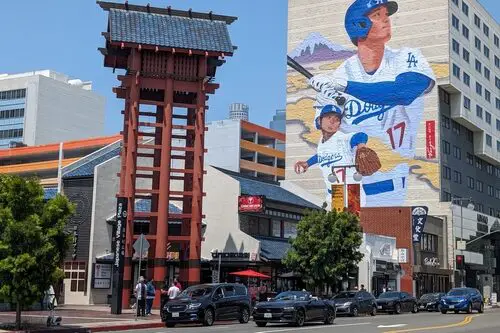
Los Angeles is famous for its palm trees and Hollywood glamour, but it was originally built on a swampy floodplain. The city’s rapid expansion ignored natural waterways, leading to devastating floods throughout the early 20th century. Even today, Angelenos live with constant flood risk in low-lying neighborhoods, especially during heavy rains. The city has spent billions on concrete channels and dams, but it can’t completely escape its watery past.
LA’s traffic woes are also partly a product of early city planning mistakes. Roads were laid out for cars before the population boom fully took off, creating bottlenecks that plague commuters daily. The lack of comprehensive public transit planning means residents spend hours in gridlock. In a city built for the automobile, locals are still paying the price.
2. New Orleans, Louisiana

New Orleans sits below sea level, which makes it spectacularly scenic but catastrophically vulnerable. Much of the city was built on reclaimed swampland without sufficient levee systems. Hurricane Katrina exposed these flaws, flooding neighborhoods and displacing tens of thousands. Even now, the city must constantly pump water and maintain aging flood defenses.
The city’s streets also tell a story of short-term thinking. Narrow, winding roads and aging infrastructure make modern traffic and emergency response tricky. Many neighborhoods suffer from persistent drainage problems, turning rainstorms into mini-disasters. Locals joke about “just another flood day,” but it’s a serious reality shaped by early engineering choices.
3. Boston, Massachusetts
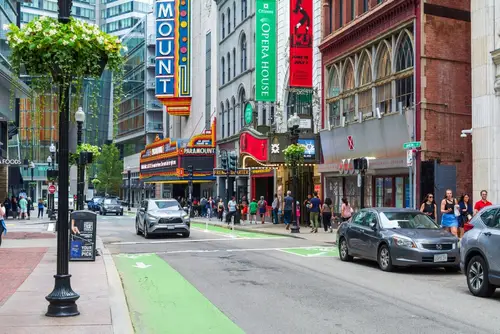
Boston is famous for its historic charm, but it’s essentially a city built on landfill. The Back Bay neighborhood, in particular, was created by filling tidal flats with soil from nearby hills. That decision has led to subsidence issues and expensive foundation repairs for homeowners. Even now, new construction has to account for the shifting ground beneath it.
The city’s streets are another headache from early planning. They were designed long before cars, resulting in a confusing maze that frustrates drivers and cyclists alike. Tight turns and narrow lanes make navigation tricky for everyone. Residents have adapted, but the city’s layout is a constant reminder of past oversights.
4. Miami, Florida
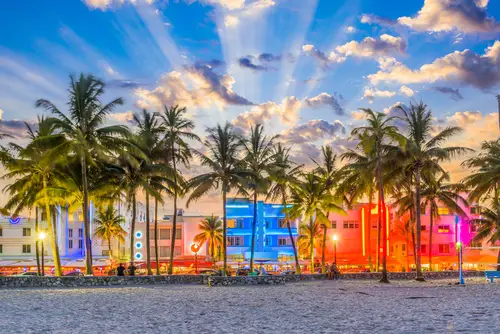
Miami was built on marshland, which has created ongoing problems with flooding and erosion. Early developers drained swamps to make way for luxury homes, often ignoring environmental consequences. Rising sea levels now make those decisions feel even more precarious. Many neighborhoods face frequent “sunny day” floods that seem absurd for a city this modern.
The city’s reliance on coastal construction also amplifies storm risks. Buildings were erected in vulnerable zones without adequate protection. Hurricanes leave locals scrambling every year to patch up damages. The city’s flashy appeal comes with a very real reminder of its soggy beginnings.
5. San Francisco, California
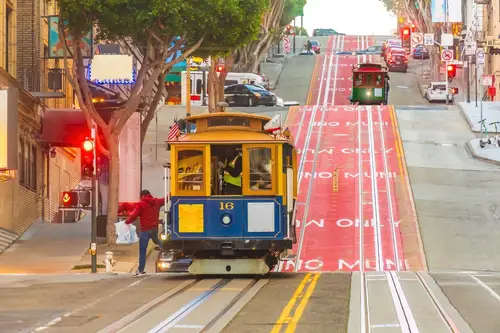
San Francisco’s hills are stunning, but early developers ignored basic geological safety. The city expanded into areas prone to landslides and earthquakes, sometimes with tragic consequences. The 1906 earthquake and subsequent fires highlighted how vulnerable the city really was. Modern building codes mitigate some risk, but the danger is always lurking.
The infamous “crooked” streets of Lombard are also a product of planning mistakes. Steep slopes were paved with twists and turns to accommodate cars, rather than designing a safer, more straightforward route. Drivers still slow to navigate these sections daily. What was a clever solution then is a quirky nuisance today.
6. Detroit, Michigan
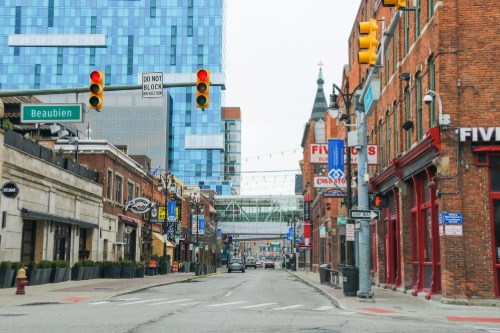
Detroit’s boom-and-bust history left a trail of infrastructure issues that continue to haunt locals. The city’s population outgrew its planning in the early 20th century, resulting in abandoned neighborhoods when the auto industry declined. Many areas now suffer from crumbling roads and utilities that were never meant to be left unattended. Residents contend with vacant lots and the social consequences of rapid urban decay.
Water and sewer problems are also a legacy of Detroit’s rapid expansion. Pipes installed during the automotive boom were never designed for today’s population changes. Lead contamination and leaks have forced costly repairs across the city. What seemed like a booming metropolis in the 1920s has left a lasting infrastructure debt.
7. Chicago, Illinois
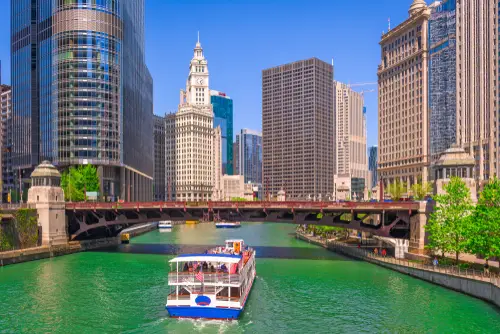
Chicago’s location on Lake Michigan was both a blessing and a curse. Early city planners struggled to manage water supply and waste, sometimes dumping sewage into the lake itself. It wasn’t until the massive reversal of the Chicago River that the problem was partially fixed. Locals still deal with occasional flooding in low-lying areas after heavy storms.
The grid layout seems orderly, but early zoning decisions created challenges. Neighborhoods were often segregated, leaving some areas underserved with public services. This historical planning choice has long-term social and infrastructural consequences. Chicago’s impressive skyline hides decades of trial-and-error urban development.
8. Phoenix, Arizona
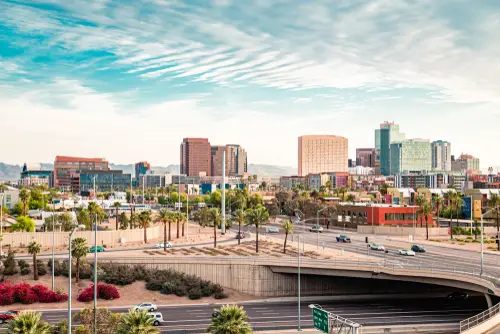
Phoenix is a desert city built in a place that barely had enough water for its original population. Early irrigation projects made expansion possible, but they overextended water resources. Today, the city faces severe water scarcity and relies heavily on the Colorado River. Residents must grapple with restrictions and sustainability challenges that are a direct result of these early decisions.
Urban sprawl compounds the problem. The city was designed to stretch out horizontally, making public transit almost impossible. Most people rely on cars, contributing to heat and air quality issues. What was once an agricultural oasis is now a sprawling, water-stressed metropolis.
9. Houston, Texas
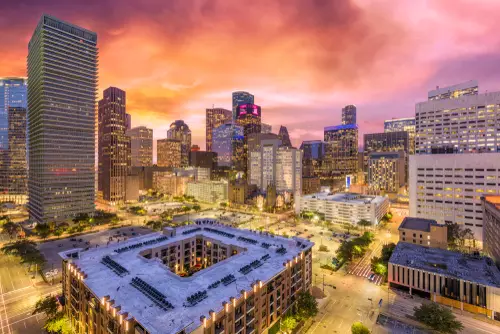
Houston was built on flat, marshy land, which has turned rainfall into a constant headache. The city’s lack of zoning laws allowed developers to build in flood-prone areas without much oversight. Hurricane Harvey in 2017 demonstrated just how vulnerable the city really is. Residents are forced to deal with repeated flooding despite billions spent on mitigation.
The city’s rapid growth also strained roads and utilities. Loosely planned neighborhoods mean long commutes and traffic congestion. Drainage systems often fail under heavy rain, adding to the chaos. Houston’s convenience comes at the cost of frequent weather-related headaches.
10. Seattle, Washington
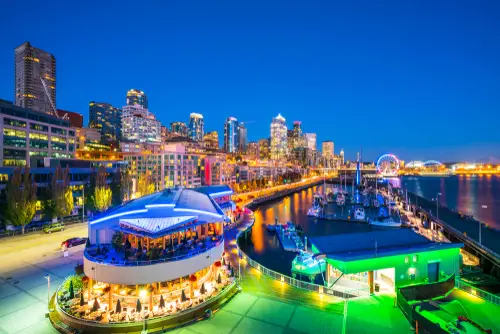
Seattle’s hilly terrain and heavy rainfall make city planning tricky, yet early decisions exacerbated these natural challenges. Many neighborhoods were built without proper stormwater systems, leading to frequent landslides and mudslides. Locals have learned to navigate steep streets and waterlogged roads. Modern engineering can’t erase the lessons of those early oversights.
The city’s mix of industry and residential areas created another issue. Early urban planning allowed factories near homes, leading to pollution and soil contamination in certain neighborhoods. Cleanup efforts continue decades later. Residents still live with the effects of these industrial decisions every day.
11. Atlanta, Georgia
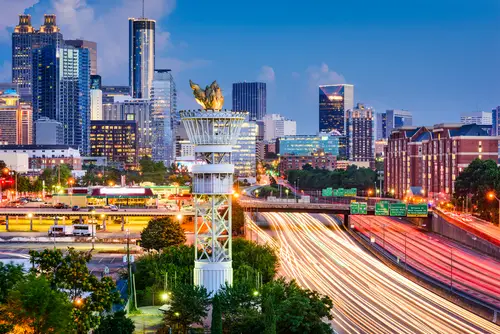
Atlanta grew rapidly after the Civil War, often with little regard for topography or infrastructure. Streets were laid out haphazardly, which leads to terrible traffic jams in the modern era. The city’s creeks and streams were often paved over, creating flooding issues during heavy rains. Locals joke about needing a boat for rush hour on certain streets.
Urban sprawl also magnifies the problem. Neighborhoods were built far apart with minimal public transit planning. Commuters rely heavily on cars, worsening traffic and air quality. Atlanta’s growth was ambitious but left a tangled, car-dependent cityscape.
12. Las Vegas, Nevada
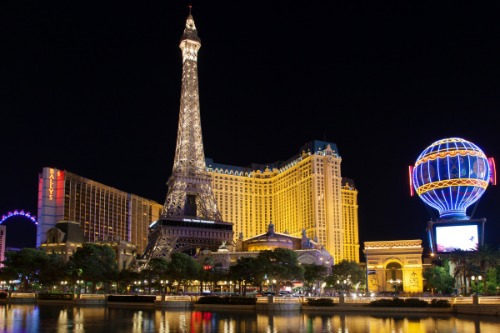
Las Vegas was constructed in the middle of the desert, relying entirely on the Colorado River for water. Early city planners didn’t fully anticipate the rapid population growth driven by tourism and casinos. Water scarcity is now a persistent concern for locals and businesses alike. Rising temperatures only intensify the problem, making each summer feel riskier than the last.
The city’s layout prioritizes flashy developments over practical living. Wide roads and sprawling neighborhoods make walking or biking difficult. Public transit is limited, so cars dominate daily life. What began as a desert oasis is now a city constantly negotiating with nature.
13. Pittsburgh, Pennsylvania
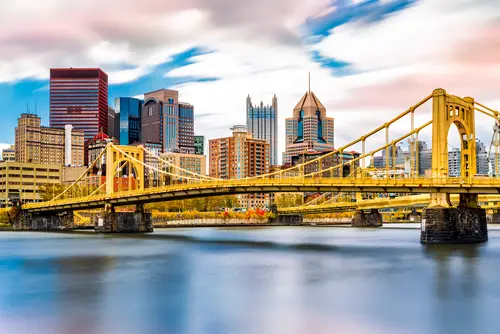
Pittsburgh’s rivers made it a natural hub for industry, but early urban planning left the city prone to flooding. Industrial waste and deforestation compounded natural river overflows. Modern flood control has helped, but neighborhoods near the rivers still see occasional inundation. Residents live with the ongoing memory of these mistakes in their basements and streets.
The city’s hilly terrain also creates logistical headaches. Roads wind unpredictably around steep slopes, confusing even locals. Some neighborhoods are nearly inaccessible in icy conditions. Pittsburgh’s charm comes with the reality of a landscape shaped by both industry and nature.
14. New York City, New York
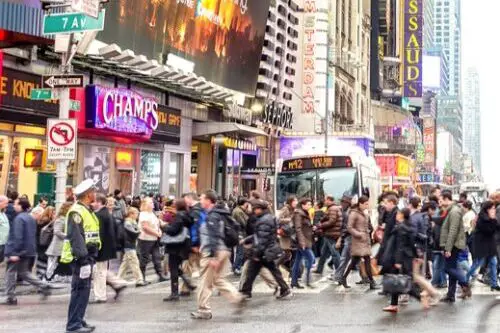
New York is an engineering marvel, but it wasn’t immune to early planning blunders. Manhattan’s grid system ignored natural topography in many areas, leading to steep hills and awkward street angles. The city also expanded into low-lying coastal areas, leaving parts of Brooklyn and Queens vulnerable to flooding. Hurricane Sandy in 2012 was a harsh reminder of that vulnerability.
Subway systems are another legacy problem. Early tunnels were built for a smaller population, leading to chronic overcrowding today. Maintenance is costly and disruptive, but expanding the system is nearly impossible. New Yorkers pay for decisions made over a century ago every day.
15. San Diego, California
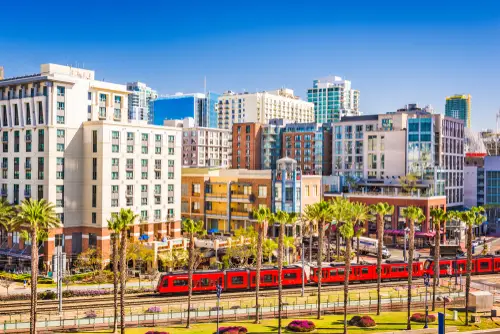
San Diego’s layout was heavily influenced by early military and port priorities, which didn’t consider residential convenience. Neighborhoods developed around these zones often have poor connectivity and limited public transit. Traffic congestion is a daily complaint for residents. Early planning decisions prioritized function over livability.
The city also faces water management issues. Early developers didn’t anticipate the population boom, so water infrastructure had to catch up retroactively. Droughts and water restrictions are now a recurring challenge. San Diegans live with the consequences of a city that grew faster than planners expected.
This post 15 U.S. Cities Built on Mistakes That Locals Still Have to Live With was first published on American Charm.


